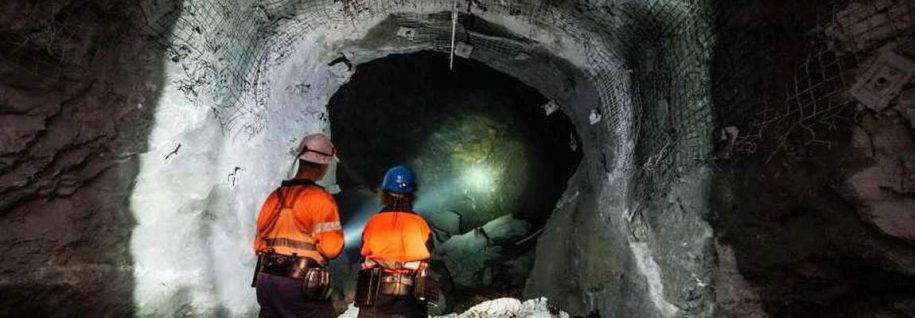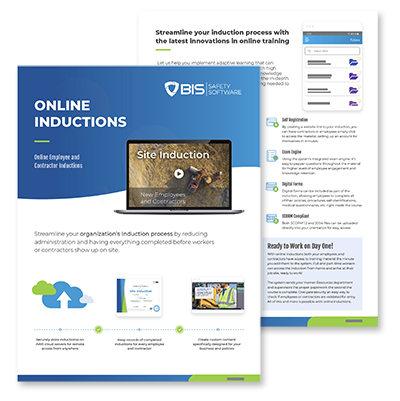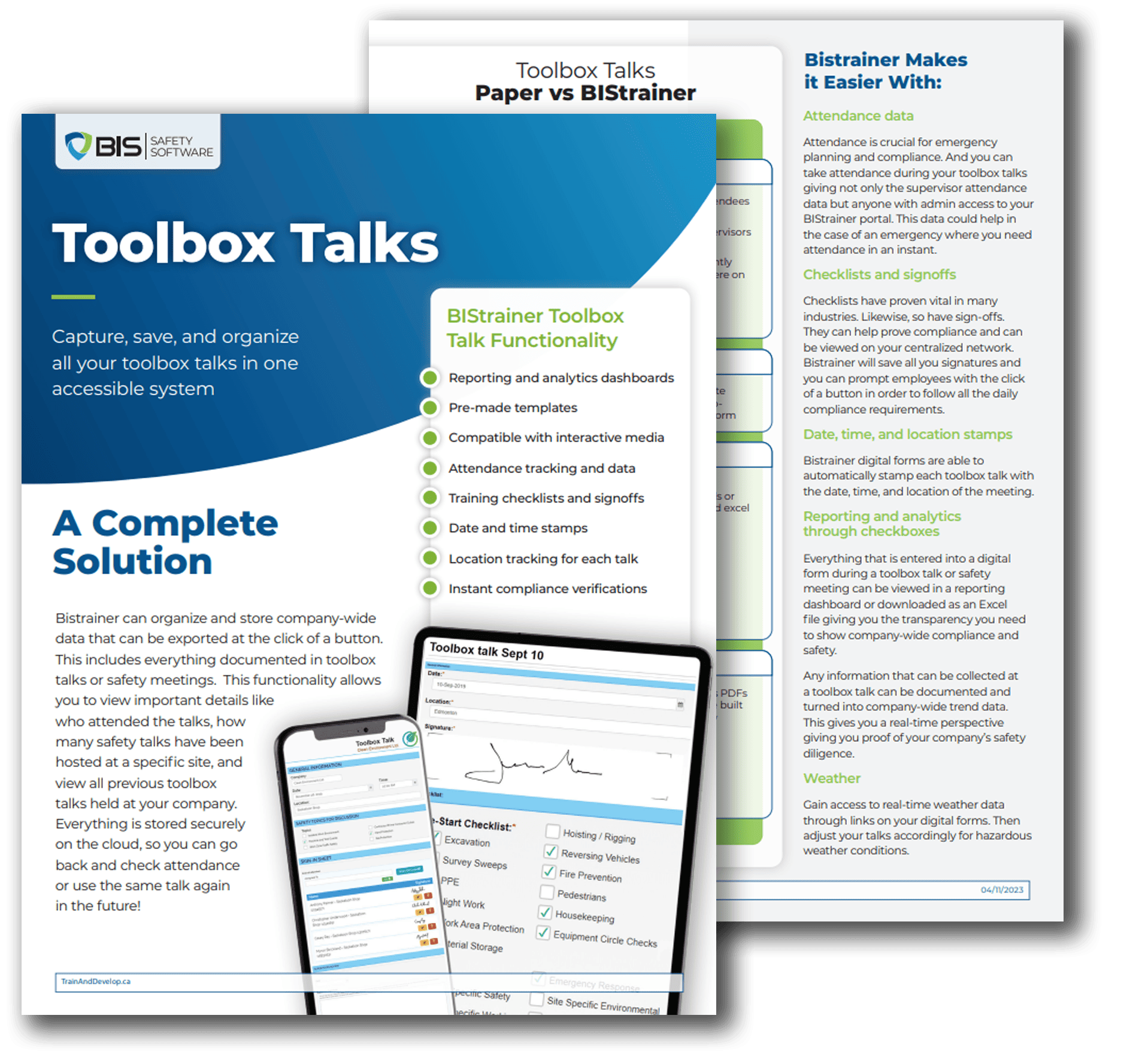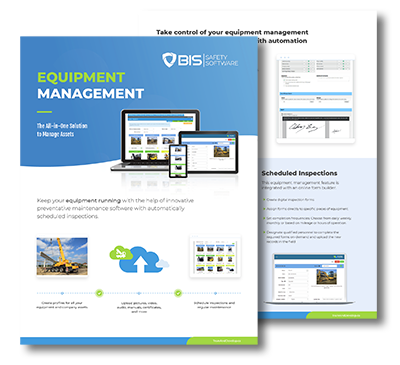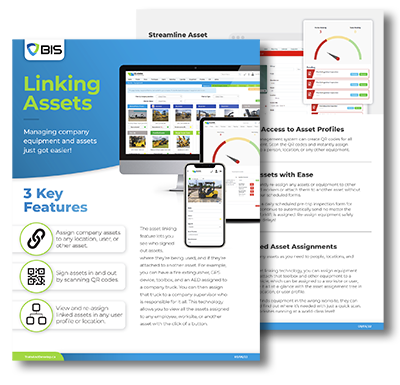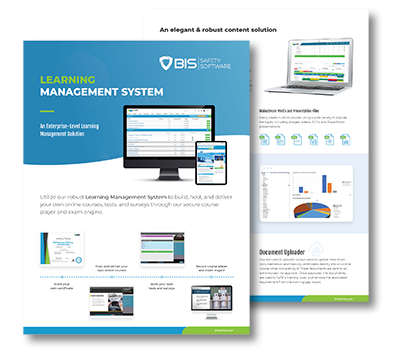In the heart of the United Kingdom, the mining industry has long played a significant role in the nation’s economy. From extracting valuable resources to powering our everyday lives, miners are the unsung heroes of industrial progress. However, beneath the surface of this crucial industry lie numerous risks that demand our attention. Ensuring mining safety is paramount to safeguard the well-being of workers and the industry’s sustainability.
Here are the Top Five Risks to Miners in the UK
1. Underground Hazards
Beneath the rolling hills and picturesque landscapes of the United Kingdom, the mining industry holds a hidden world fraught with danger. Underground mining, in particular, presents a multitude of challenges and risks that demand our utmost attention. To ensure the safety of mining industry workers, we must delve deeper into the perils they face beneath the Earth’s surface.
Tunnel Collapses: One of the most ominous threats in underground mining is the potential for tunnel collapses. The vast network of tunnels and chambers that miners work within is held together by a delicate balance of geological factors. Shifts in this balance can result in catastrophic cave-ins, endangering the lives of those working within. Mining safety in this regard necessitates meticulous planning and regular geological surveys to detect early warning signs of instability.
Rockfalls: Another constant peril is the risk of rockfalls. As miners delve deeper into the Earth, the natural stability of rock formations can become increasingly unpredictable. Dislodged rocks and debris can suddenly cascade down onto unsuspecting workers. Ensuring mining safety against this threat involves the implementation of reinforced support structures, such as rock bolts and mesh, to stabilize the working environment.
Gas Leaks: Deep within the bowels of the Earth, the air miners breathe may contain toxic gases or become deficient in oxygen. Gas leaks in mining environments pose a grave risk to worker health. Detection systems for noxious gases, such as methane and carbon monoxide, are an essential part of mining safety. Miners must be trained to recognize warning signs and evacuate to safety in case of a gas leak.
Emergency Preparedness: Our first tip for mining safety is to prioritize emergency preparedness. Regular safety drills are indispensable to ensure that every worker knows how to react in a high-stress situation. These drills should cover evacuation procedures, first aid protocols, and the proper use of emergency equipment such as self-rescuers. Timely and efficient response can make the difference between life and death in the event of an emergency underground.
Continuous Vigilance: Mining safety is an ongoing commitment. Workers must remain vigilant during their shifts, keeping an eye out for signs of instability or emerging hazards. A culture of responsibility, where every team member takes safety seriously, is a cornerstone of successful mining safety. Hazard assessments are a common method of reviewing and mitigating risks.
Underground mining is an inherently risky profession, but with careful planning, rigorous training, and continuous monitoring, these risks can be managed effectively. The safety of mining industry workers in the UK relies on the unwavering commitment to keeping them out of harm’s way while they extract the precious resources that power our nation’s progress. In the following sections, we will explore additional risks and tips for ensuring the safety of those who toil beneath the surface.
2. Respiratory Risks
In the depths of UK mines, a silent but insidious threat lurks in the air: respiratory risks. These risks arise from the presence of harmful particles, dust, fumes, and toxic substances that miners are exposed to during their daily work. While these hazards may not cause immediate harm, they can lead to severe and chronic respiratory issues over time. To maintain the well-being of mining industry workers, it’s crucial to understand these risks and employ effective measures for protection.
Dust and Particles: The air in mines can be heavily laden with dust and fine particles, a byproduct of the mining process. Inhaling this particulate matter can lead to a range of respiratory problems, including chronic bronchitis, pneumoconiosis (commonly known as black lung disease), and silicosis. Effective mining safety measures require the provision of personal protective equipment (PPE), such as dust masks and respirators, which are instrumental in filtering out these harmful particles. It’s vital for miners to wear their PPE consistently to reduce the risk of inhaling these hazardous materials.
Toxic Gases: Mines are often host to various toxic gases, including methane, carbon monoxide, and sulfur dioxide, which pose grave respiratory risks. Adequate ventilation systems play a pivotal role in diluting and extracting these gases, promoting safer air quality underground. Miners should be well-trained in recognizing the warning signs of gas exposure and should be able to respond promptly by evacuating the area and using emergency breathing apparatus when needed.
Comprehensive Training: To mitigate respiratory risks, comprehensive training is essential. Workers must be educated on the use of respiratory protective equipment, including how to properly fit and maintain their masks and respirators. They should also receive training on recognizing the signs of overexposure to dust or gas, so they can take appropriate action in a timely manner.
Monitoring and Regulation Compliance: Maintaining mining safety means adhering to recommended exposure limits for hazardous substances. Regular air quality monitoring and compliance with safety regulations are non-negotiable aspects of safety management. This necessitates the implementation of strict workplace controls to reduce exposure and limit potential health risks.
Clean and Ventilated Workspaces: Beyond PPE and safety regulations, maintaining clean and well-ventilated workspaces is essential for reducing respiratory risks. Dust suppression techniques and adequate ventilation systems should be employed to minimize the concentration of harmful substances in the air. Regular maintenance of these systems ensures they remain effective.
Mining safety, particularly in the context of respiratory risks, requires a multi-faceted approach that includes preventive measures, ongoing education, and a culture of compliance and responsibility. Protecting miners from respiratory hazards not only preserves their health but also ensures the continued sustainability of the mining industry in the United Kingdom. In the following sections, we’ll explore additional risks and offer more tips for promoting the safety of those who work tirelessly beneath the Earth’s surface.
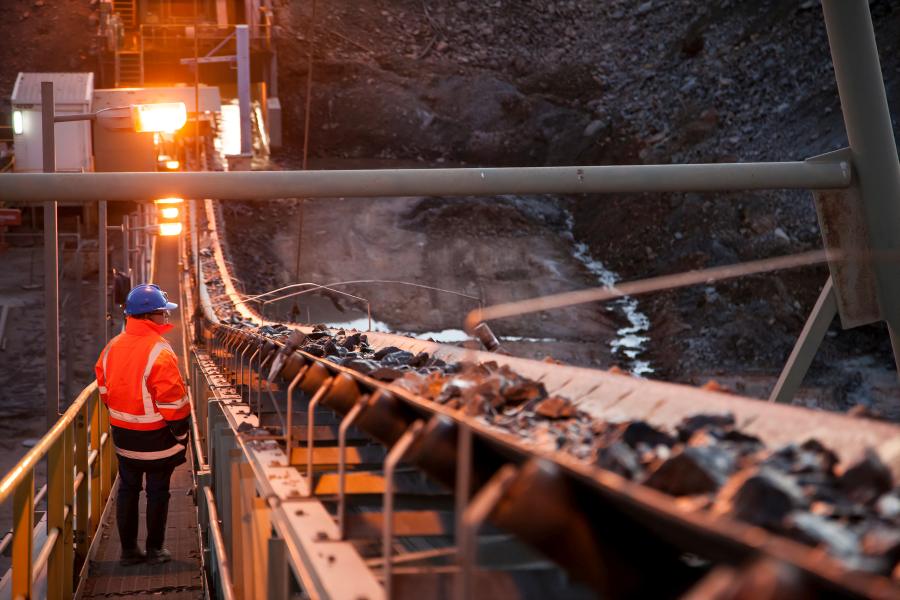
3. Machinery and Equipment Dangers
Within the mining industry, the use of heavy machinery and equipment is ubiquitous, contributing to the efficiency and productivity of operations. However, it’s crucial to recognize that improper handling or failure to maintain these machines can lead to severe accidents, injuries, and even fatal incidents. To ensure the safety of mining industry workers, we must delve deeper into the potential dangers associated with machinery and equipment use and outline strategies for mitigating these risks.
Heavy Equipment Hazards: Mining operations frequently rely on an array of heavy machinery, such as excavators, haul trucks, and drills. The size, power, and complexity of these machines make them particularly hazardous when not used properly. Mining safety in this regard necessitates strict adherence to safety protocols and procedures when operating heavy equipment. Regular equipment inspections are vital to identify and address potential issues before they escalate.
Training and Certification: A key element of mitigating machinery and equipment dangers is providing comprehensive training for equipment operators. Mining safety demands that these workers understand the nuances of each machine, including safe operation, emergency shutdown procedures, and how to respond in the event of equipment malfunction. Certification processes should verify the competence of equipment operators to ensure that they possess the necessary skills and knowledge to perform their tasks safely.
Maintenance and Inspection: Regular equipment maintenance and inspection are non-negotiable components of mining safety. Machines must be inspected for wear and tear, and preventive maintenance schedules should be rigorously followed. Well-maintained equipment is less likely to fail, reducing the risk of accidents due to mechanical issues.
Proper Use of Safety Features: All machinery and equipment come equipped with various safety features, such as emergency stop buttons, safety interlocks, and audible alarms. It’s essential that workers know how to use these features and understand their importance. Mining safety involves the strict enforcement of using these safety mechanisms as part of regular work procedures.
Clear Communication: Effective communication among equipment operators and other workers is paramount. A lack of communication can lead to accidents, especially in situations involving multiple pieces of machinery or complex operations. Implementing clear and consistent communication protocols, such as hand signals or two-way radios, enhances safety in mining environments.
Emergency Response Plans: In the event of machinery-related accidents, well-defined emergency response plans are critical. Mining safety requires having procedures in place for swift and coordinated responses, including first aid and rescue protocols. Workers should be trained in these procedures to react promptly to mitigate injuries.
Safety Culture: Fostering a culture of safety is perhaps the most essential element in mitigating machinery and equipment dangers. This involves not only adhering to safety rules and procedures but also encouraging all workers to actively participate in maintaining a safe working environment. By prioritizing safety and emphasizing its significance, employers can help build a workplace where safety is a shared responsibility.
Ensuring mining safety amid the use of heavy machinery and equipment demands a comprehensive approach. This approach encompasses training, maintenance, communication, and a strong culture of safety. By addressing machinery-related dangers effectively, the mining industry can continue its vital work while safeguarding the well-being of its workforce. In the following sections, we will delve deeper into additional risks and provide more tips for ensuring the safety of those working below ground.
4. Unpredictable Geology
In the subterranean world of the United Kingdom’s mining industry, the Earth’s geological makeup can be both a marvel and a menace. Geological risks, including subsidence, seismic activity, and cave-ins, loom as constant threats to the safety of mining industry workers. To ensure their well-being and the sustainability of mining operations, it’s imperative to gain a deeper understanding of these risks and adopt strategies for effective risk management.
Subsidence and Ground Settlement: Subsidence occurs when the ground sinks or settles due to the extraction of minerals from beneath the Earth’s surface. This natural phenomenon is a byproduct of mining activities and can lead to surface deformities, structural damage, and, in extreme cases, the collapse of buildings. Minimizing subsidence risks involves meticulous planning, including ground stability assessments and predictive modeling to understand how mining activities may impact the surface above.
Seismic Activity: The UK may not be known for seismic activity, but it’s not entirely immune to minor tremors. In mining regions, even minor seismic events can have significant consequences, including the release of rockfalls and damage to underground infrastructure. Implementing a seismic monitoring system is a crucial component of mining safety, enabling workers to receive early warnings and take necessary precautions when seismic activity is detected.
Cave-Ins and Rockfalls: The risk of cave-ins and rockfalls is omnipresent in underground mining. These hazards often result from shifts in the geological structure or the removal of supporting pillars. To manage these risks effectively, it’s essential to conduct regular geological surveys to identify potential instabilities. Reinforcing the underground environment with rock bolts, mesh, and other support structures can help mitigate the dangers of falling rocks and cave-ins.
Emergency Response and Evacuation: In mining safety, emergency response plans are paramount. Workers must be well-versed in these plans, including evacuation procedures, the use of emergency escape routes, and first aid protocols. During a geological event, rapid and coordinated evacuation can make the difference between life and death.
Monitoring and Real-Time Data: The mining industry benefits greatly from real-time geological monitoring systems. These systems provide continuous data on ground stability and seismic activity. Armed with this information, workers and management can make informed decisions about when and where to work, ensuring that mining activities do not pose undue risks.
Geological Expertise: Mining safety can be significantly enhanced by employing geological experts who can analyze data, assess ground stability, and provide insights to guide safe mining practices. Their expertise is indispensable in mitigating geological risks and making informed decisions.
Communication and Training: Effective communication and training are vital aspects of managing geological risks. Workers must be trained to recognize warning signs of geological instability and should be informed of the appropriate response protocols. Additionally, clear communication channels are essential for transmitting information about ground conditions and any detected seismic activity.
Unpredictable geology is a challenge miners confront daily. The effectiveness of risk management strategies depends on thorough planning, diligent monitoring, and a strong commitment to safety. By addressing geological risks head-on, the mining industry can continue its essential work while ensuring the protection of its workforce. In the subsequent sections, we will explore additional risks and offer more tips for ensuring the safety of those who toil beneath the Earth’s surface.
5. Stress and Mental Health
Beyond the physical challenges that miners face underground, the mining industry also poses significant stressors on the mental health of its workforce. The demanding nature of the job, long hours, and the isolation experienced by many miners can lead to mental health issues, including stress, anxiety, and depression. Prioritizing mental well-being is not only a humane endeavor but also an integral aspect of overall safety in the mining industry.
Work-Related Stress: The unpredictable working conditions, demanding schedules, and the isolation that miners often endure can contribute to work-related stress. The pressures of meeting production quotas and working in challenging environments can take a toll on mental health. Mining safety initiatives should acknowledge the role that workplace stress plays in the industry and seek ways to address it.
Long Hours: Miners often work extended shifts, sometimes in remote locations far from their homes and families. These long hours can lead to fatigue and stress. Mitigating this risk involves monitoring work hours and ensuring that workers have adequate time for rest and recovery between shifts.
Isolation: Underground work can be isolating, with miners spending extended periods away from their loved ones. This isolation can lead to feelings of loneliness and detachment, contributing to mental health issues. Encouraging open communication and providing support systems for miners to stay connected with their families and colleagues can help combat these feelings of isolation.
Mental Health Support: Prioritizing mental health as part of mining safety includes providing access to mental health support services. Miners should have access to counseling and mental health professionals who can assist them in managing stress and dealing with emotional challenges. By offering these resources, employers demonstrate their commitment to the well-being of their workforce.
Open Dialogue: Promoting an open dialogue about mental health is essential. Workers should feel comfortable discussing their mental health concerns without fear of stigma or repercussions. This can be facilitated through regular meetings, mental health awareness programs, and peer support initiatives.
Support from Management: Management plays a pivotal role in fostering a culture of mental well-being. When management acknowledges the importance of mental health and leads by example in prioritizing it, workers are more likely to feel supported and encouraged to seek help when needed.
Work-Life Balance: Achieving a healthy work-life balance is essential for overall well-being. It’s critical to ensure that miners have time to spend with their families and engage in activities outside of work to relax and recharge.
Recognizing that mental health is an integral part of mining safety is paramount. By addressing stress and mental health issues head-on, the mining industry can create a safer, more supportive work environment for its workforce. In the following sections, we will delve deeper into additional risks and offer more tips for promoting the safety and well-being of those who dedicate themselves to the mining industry.
Risks to Workers in the Mining Industry Summary
The risks faced by mining industry workers in the UK are undeniable, but they are not insurmountable. By adhering to stringent safety measures, continuous education, and fostering a culture of safety, the mining industry can maintain its pivotal role in the nation’s economy while ensuring the well-being of its workforce. In the following sections, we will delve deeper into these risks, providing valuable insights and tips for mining safety in the UK.
Additional Articles

Boredom Begone: The Ultimate Guide to Spicing Up Safety Talks
Spice up your safety talks today with these 5 influential tips. After all, everyone learns differently so it’s best to use multiple approaches. … Read More
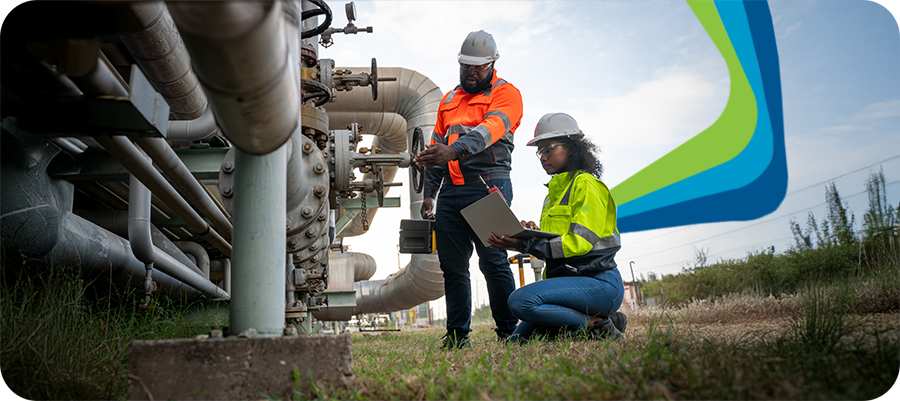
Top 10 Red Flags in Safety Audits and How to Avoid Them
Regardless of your industry in the UK, training is a crucial aspect of ensuring the smooth operation of your business.
… Read More

